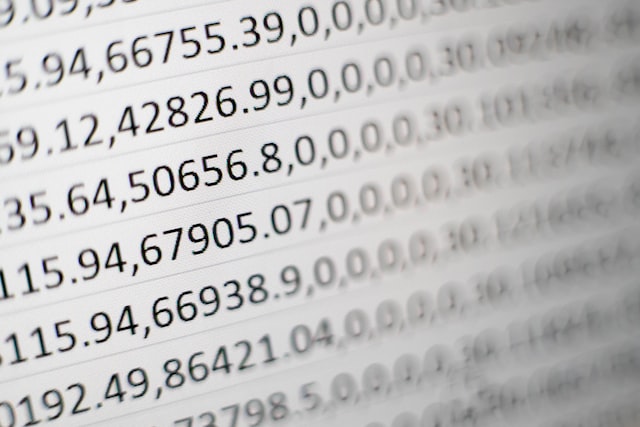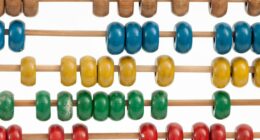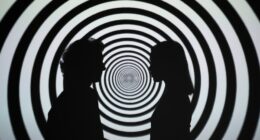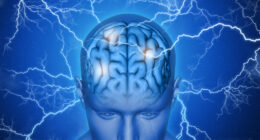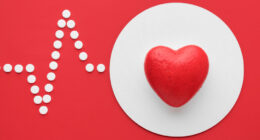Simply put, binary is a system that uses two digits (0 and 1), while BCD uses ten digits (0 through 9). The main difference between the two systems is that binary is more efficient when it comes to storage and processing, while bcd offers more flexibility.
What is binary?
(Image by Gerd Altmann from Pixabay )
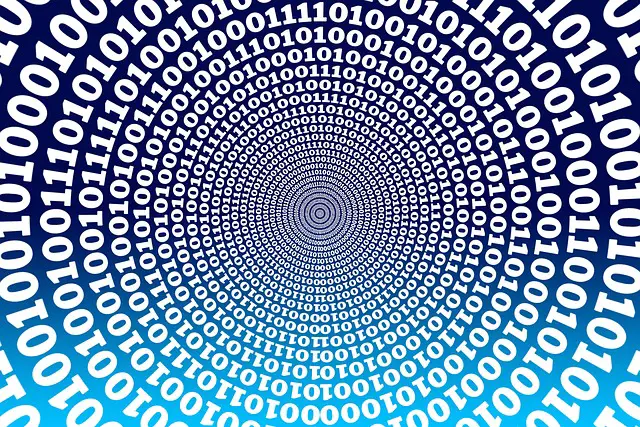
Binary is a system of two digits, usually 0 and 1. In digital electronics, binary numbers are used to represent all numbers, both positive and negative. For example,
the number 12 can be represented as 1100
The number -5 can be written as -101
The number 3/4 can also be expressed in binary form: 0.11
Binary numbers have many applications in electronic devices and computer programming. For example, computer memory is often organized into eight-bit words, so that a byte (eight bits) can store one character of text. Similarly, 24-bit colours are often used to represent images on a computer screen.
What is BCD?
Binary-coded decimal (BCD) is a class of digital encodings in which each decimal digit is represented by a fixed number of bits. BCD is used in electronic systems where a small space is available for encoding data, such as on ROM chips.
The most common form of BCD is the 8421 code. In this code, each decimal digit is represented by a four-bit binary value. For example, the decimal digit “3” is represented as “0011” in binary form.
BCD can be used to represent other numbers besides decimal digits. For example, it can be used to represent hexadecimal values or octal values. It can also be used to represent fractional values.
For example,
the number 12 can be represented as 00010010
And the number 3/4 can be expressed in BCD form as: 0000.01110101
One advantage of using BCD is that it is easy to convert back and forth between decimal and binary form. This can be helpful when performing mathematical operations
The difference between binary and BCD
The main difference between the two systems is that BCD uses more bits to represent each digit, while binary uses fewer. As a result, BCD is more efficient when representing large numbers, while binary is more efficient when representing small numbers.
Binary Vs. BCD – Key differences
Binary and Binary Coded Decimal (BCD) are two different numbering systems used in computing and electronics. The key differences between the two are as follows:
Representation of Numbers:
Binary represents numbers in base 2 using only two digits, 0 and 1. For example, the number 6 is represented as 110 in binary.
BCD represents each decimal digit using a 4-bit binary code. Each decimal digit is represented using its binary equivalent. For example, the decimal number 6 is represented as 0110 in BCD.
Range of Numbers:
Binary can represent any number using a combination of 0s and 1s, allowing it to represent a wide range of numbers.
BCD can only represent decimal digits, limiting it to a range of 0 to 9.
Storage and Calculation:
Binary is efficient for storage and calculation in computers because it uses the same bits for both integer and fractional parts of a number. Binary arithmetic is also easier to perform using logical operations like AND, OR, and XOR.
BCD is less efficient for storage and calculation in computers because it requires more bits to represent the same number than binary. BCD arithmetic is also more complex because it requires additional processing to convert between BCD and binary.
Applications:
Binary is commonly used in computer systems, digital electronics, and communication systems because of its efficiency in storage and calculation.
BCD is commonly used in applications where decimal arithmetic is important, such as financial calculations, digital clocks, and calculators.
Binary and BCD are two different numbering systems with distinct advantages and disadvantages. Binary is more versatile and efficient for storage and calculation in computers, while BCD is useful for applications that require accurate decimal arithmetic.
Is BCD and straight binary same?
No, BCD (Binary Coded Decimal) and straight binary are not the same.
In straight binary, each number is represented using only 0s and 1s in base 2. For example, the decimal number 6 is represented as 110 in binary.
In BCD, each decimal digit is represented using a 4-bit binary code. For example, the decimal number 6 is represented as 0110 in BCD. BCD is used to represent decimal numbers in binary form, which is useful for applications that require accurate decimal arithmetic.
While both systems use 0s and 1s to represent numbers, the way in which they represent decimal numbers is different. BCD uses a fixed number of bits (4 bits per decimal digit) to represent decimal numbers, while straight binary can represent any number using a varying number of bits.
BCD and straight binary are different numbering systems used to represent numbers in binary form. BCD is a specialized system used for accurate decimal arithmetic, while straight binary is a more general-purpose system used in many different applications.
How do you convert binary to BCD?
To convert a binary number to BCD (Binary Coded Decimal), you can follow these steps:
- Divide the binary number into groups of four bits starting from the rightmost bit. If the leftmost group has less than four bits, add 0s to the left to make it a complete group of four bits.
- Convert each group of four bits to its equivalent BCD representation. You can do this by adding 0011 to each group of four bits if the group is greater than or equal to 1010 in binary. Otherwise, leave the group as is.
- Concatenate the BCD representation of each group of four bits to get the final BCD representation of the binary number.
For example, let’s convert the binary number 10100110 to BCD:
- Group the binary number into groups of four bits: 1010 0110
- Convert each group of four bits to its equivalent BCD representation:
- 1010 -> add 0011 -> 1101
- 0110 -> leave as is -> 0110
The BCD representation of the binary number is 1101 0110.
Therefore, the binary number 10100110 is equivalent to the BCD number 1101 0110.
What are the advantages of BCD over binary?
BCD (Binary Coded Decimal) has some advantages over binary, which make it useful in certain applications. Here are some of the advantages of BCD over binary:
- Accuracy in decimal arithmetic: BCD is a decimal-based system, which means it can represent decimal numbers more accurately than binary. BCD is especially useful in applications such as financial calculations, where decimal arithmetic is important.
- Easy conversion to decimal: BCD numbers can be easily converted to decimal without requiring any special algorithms or calculations. This is because each BCD digit represents a decimal digit.
- Easy conversion to hexadecimal: BCD can be easily converted to hexadecimal, which is a common numbering system used in computing.
- Simplicity in interfacing with displays: BCD is often used in digital displays such as calculators, clocks, and other consumer electronic devices because it can be easily interfaced with display devices that are designed to show decimal digits.
- Redundancy in error detection: BCD provides a certain level of redundancy that can help detect errors in data transmission. In BCD, each digit is represented by a fixed number of bits, making it easier to detect and correct errors in the data.
BCD has advantages over binary in terms of accuracy in decimal arithmetic, ease of conversion to decimal and hexadecimal, simplicity in interfacing with displays, and redundancy in error detection. These advantages make BCD useful in applications such as financial calculations, digital clocks, and consumer electronic devices.
Featured Image By – Mika Baumeister on Unsplash
